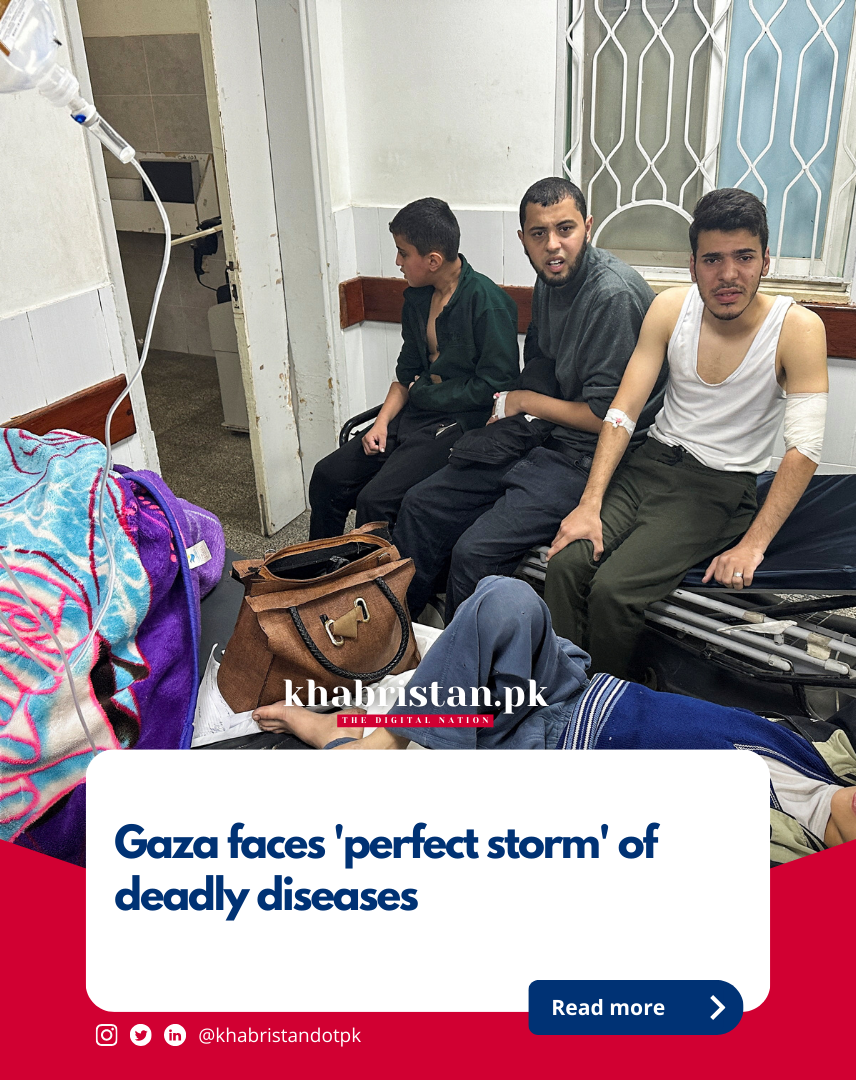In Gaza, where the residents have endured the harrowing consequences of Israel’s military actions, a new and insidious threat has quietly emerged in the form of rampant disease. The profound scarcity of essential resources—such as food, clean water, and shelter—has left a staggering number of traumatized individuals in an alarmingly vulnerable state. The healthcare system, already fragile, now teeters on the brink of collapse, prompting predictions from health experts about the imminent onset of epidemics within the enclave.

Recent data reported by the World Health Organization underscores the severity of the situation, revealing a significant surge in cases of diarrhoea, particularly affecting children under the age of five. The precarious conditions, marked by overcrowded makeshift shelters and a healthcare infrastructure in disarray, create a fertile ground for the rapid spread of diseases. Experts sound the alarm, emphasizing the urgent need for substantial humanitarian aid, access to clean water, and the provision of crucial medical supplies to avert an impending health crisis in Gaza.
The grim reality is exacerbated by the dire living conditions, as hundreds of thousands of people have sought refuge in makeshift shelters, including abandoned buildings, schools, and tents. Many find themselves exposed to the elements, lacking proper sanitation facilities and adequate water sources, as described by aid workers on the ground. Compounding the challenges is the closure or limited functionality of a significant number of hospitals in the Gaza Strip, as reported by the World Health Organization. The situation is further exacerbated by the displacement of UNRWA staff and the destruction of health clinics, leaving a vast portion of the population without access to essential medical services.
The toll on the population is evident in the rising cases of severe dehydration, kidney failure, and heightened instances of Hepatitis A, as reported by healthcare professionals in Gaza. The predicament is eerily reminiscent of past instances of besieged areas, where the collapse of sewage systems and contaminated water sources led to the spread of infectious diseases, as witnessed by a Syrian surgeon drawing parallels with his own experiences.
The UN’s efforts to monitor and address the situation reveal a disturbing list of 14 diseases with epidemic potential, with a particular emphasis on the soaring rates of dysentery, watery diarrhoea, and acute respiratory infections. Aid workers stress that immediate action is essential, urging not only the treatment of trauma wounds but also the establishment of facilities capable of handling widespread disease outbreaks. This necessitates a steady supply of clean water, sufficient food, and medical resources, all of which are currently in critically short supply.
The dwindling number of aid trucks entering Gaza, coupled with ongoing hostilities preventing their distribution, exacerbates the crisis. Healthcare facilities, like Abu Yousef al-Najjar Hospital in Rafah, find themselves overwhelmed with patients requiring treatment for infections and communicable diseases due to the squalid conditions in overcrowded shelters.
As the situation continues to deteriorate, healthcare professionals and aid workers emphasize the urgent need for international intervention to prevent a humanitarian catastrophe. The lives of countless individuals in Gaza hang in the balance, with the imminent threat of epidemics casting a dark shadow over an already devastated population.








Leave a Comment